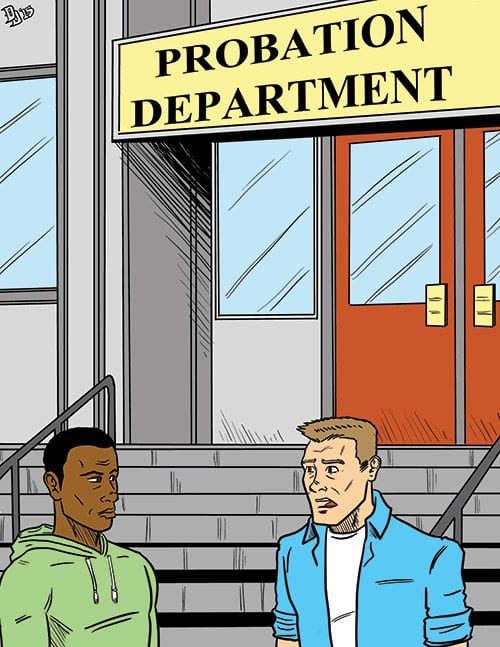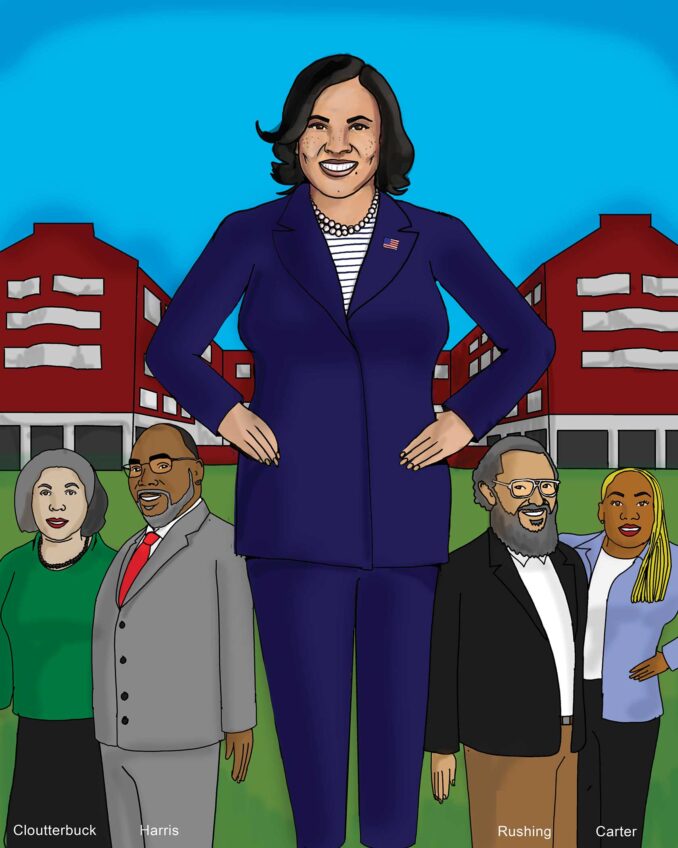
An estimated 2.4 million people are locked up in America’s prisons or jails. That is the largest imprisoned population in any country. The federal and local governments in the U.S. spend $80 billion per year to maintain this high rate of incarceration. Until recently, little was known about the economic and social impact on families with one of its members in prison. In March 2014, the Ella Baker Center for Human Rights, with Forward Together and Research Action Design collaborated with 20 other community based organizations to investigate the financial cost of incarceration to families.
The research report, Who Pays? The True Cost of Incarceration on Families, included surveys with 712 formerly incarcerated individuals and 368 family members of those once incarcerated, as well as 27 employers. A number of focus groups of individuals impacted by incarceration also provided additional information.
The government’s cost of financing the American prison system can be determined simply by adding the expenditures of federal, state and local government budgets. However, the report from the Ella Baker Center for Human Rights can do little more than provide exemplary data uncovered in their research. The report found that:
-
About 48 percent of the families could not afford the fees and fines associated with convictions;
-
About 65 percent of those interviewed were unable to meet basic needs with the loss of revenue from the incarceration of a member of the family;
-
About one-third incurred substantial debt from visits and phone calls with their incarcerated member; and
-
Five years or more after their release, 67 percent of those incarcerated were unemployed or underemployed.
It is clear from the study that the American prison system is not working. It creates more poverty, the very cause of much crime. It is time for America to establish a system of real and effective rehabilitation.






